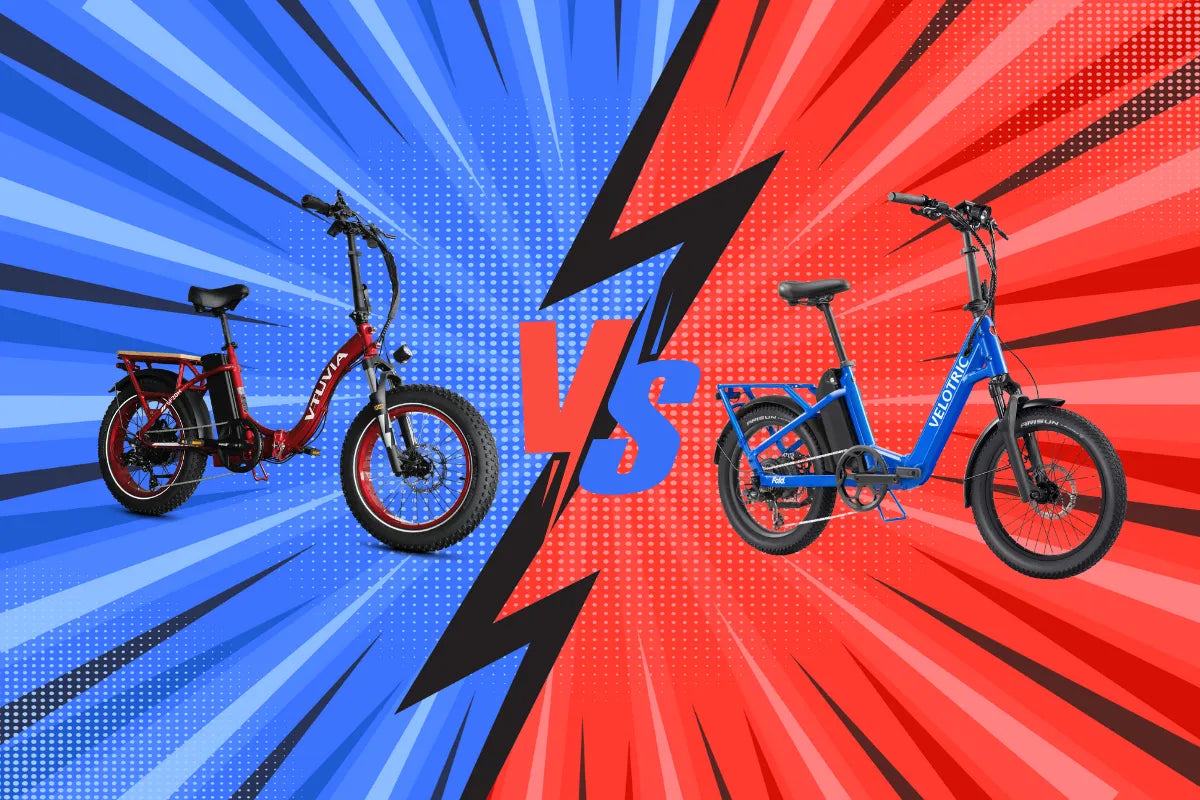Electric bikes (e-bikes) have become a popular and convenient mode of transportation, but their association with batteries often raises concerns. Despite their growing popularity, many people are wary of e-bikes due to the potential risks associated with batteries, such as fires and explosions. These fears can lead to resistance against adopting e-bikes, even though they offer numerous benefits. In this blog, we’ll address these concerns and provide insights into how you can enjoy your e-bike safely while mitigating fire risks.
:max_bytes(150000):strip_icc():focal(999x0:1001x2):format(webp)/e-bike-repair-shop-fire-062123-1-010d1a7d02eb4de6a4f11c0ee75585e7.jpg)
The examples provided are fictional and meant to illustrate potential risks associated with e-bikes. Here are some real incidents related to e-bike fires:
-
New York City (2022): In April 2022, an e-bike battery explosion caused a fire in a Manhattan apartment building, injuring several people. The fire department linked the incident to a malfunctioning battery charger.
-
San Francisco (2021): In June 2021, a fire in a residential building was caused by an e-bike battery. The fire started while the battery was being charged, highlighting the need for safe charging practices.
-
Los Angeles (2020): In August 2020, a fire at a local business was traced back to an e-bike battery. The incident underscored the importance of using certified batteries and proper charging procedures.
-
Seattle (2018): A fire in Seattle in November 2018 was caused by an e-bike battery that overheated while charging, leading to significant damage and raising awareness about battery safety.
In this blog, we’ll explore why these concerns arise and how you can address them. We’ll dive into the safety standards and practices that can minimize risks, ensuring that your e-bike remains a safe and enjoyable mode of transport. Understanding these factors can help alleviate fears and make you feel more confident about incorporating e-bikes into your daily life.
Understanding the Risk
While e-bikes are generally safe, the risk of fire exists due to the presence of lithium-ion batteries, which power most modern e-bikes. Lithium-ion batteries are known for their high energy density and long life, but they can pose a risk if not handled properly. Common issues that may lead to fires include:
Overcharging
What It Is: Overcharging occurs when an e-bike battery is charged beyond its recommended capacity. This can lead to overheating and, in extreme cases, thermal runaway—a dangerous chemical reaction that can cause a fire.
How to Avoid It:
- Follow Manufacturer’s Guidelines: Typically, you should avoid charging the battery beyond its recommended voltage. For most e-bike batteries, this means charging them until they reach 100% and then unplugging them.
- Charging Time: Do not exceed the recommended charging time. For instance, if the manufacturer specifies a 4-6 hour charging period, avoid leaving the battery plugged in overnight.
- Use Provided Charger: Always use the charger provided by the manufacturer. Third-party chargers may not have the necessary safety features.
Physical Damage
What It Is: Physical damage to the battery, such as from impacts or accidents, can cause internal short circuits, leading to potential fires.
How to Avoid It:
- Inspect Regularly: Regularly check your e-bike and battery for signs of damage. Look for cracks, dents, or other physical defects.
- Handle with Care: Avoid dropping or mishandling the e-bike. Ensure the battery compartment is secure and not exposed to impacts.
Poor Quality Batteries
What It Is: Low-quality or counterfeit batteries may lack essential safety features, increasing the risk of malfunction and fire.
How to Avoid It:
- Buy Reputable Brands: Purchase e-bikes and batteries from reputable manufacturers. Look for certifications like UL (Underwriters Laboratories) that ensure the battery has passed safety tests.
- Check Authenticity: Verify that the battery is genuine and not a counterfeit. Check for proper labeling and certifications.
How to Avoid Risks
To ensure your e-bike remains safe and enjoyable, follow these guidelines:
-
Use UL-Certified Batteries: Ensure your battery has UL certification, indicating it meets rigorous safety standards. This reduces the risk of overheating and fires. VIEW VTUVIA UL Electric Bikes
-
Follow Charging Instructions: Always use the charger provided by the manufacturer and avoid overcharging. Charge your battery in a fire-safe area, away from flammable materials.
-
Inspect Regularly: Regularly check your e-bike and battery for signs of wear or damage. Address any issues promptly and have your e-bike serviced by a professional if needed.
-
Store Properly: Store your e-bike in a cool, dry place. Avoid exposure to extreme temperatures or moisture, which can affect battery performance.
-
Avoid Cheap Alternatives: Invest in high-quality e-bikes and components. Avoid extremely cheap models that may lack necessary safety features.
By adhering to these safety practices, you can enjoy the many benefits of e-bikes while minimizing the risk of fire. Proper use and maintenance are key to ensuring a safe and reliable riding experience.





Share:
Why the VTUVIA SF20H is the Best Cargo E-Bike: A Comprehensive Review
How to Maintain Your eBike Chain